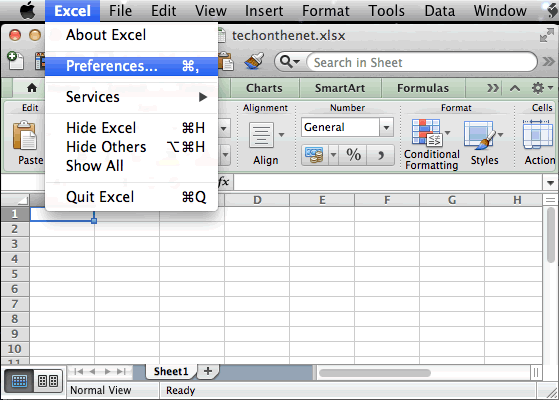
#Install visual basic for mac excel 2008 install#
Otherwise, it would download and install a second-stage component (which was no longer available) and set it to run persistently, via one of several Mac-specific persistence methods.Īnother sample of macro malware, which was found shortly after, attempts to connect via reverse shell to a malicious server, first on Windows, but then trying with Mac code if that fails: Function macshell() If Little Snitch was present, it would bail out. I can’t improve on what he said, but in essence, the malware would first check for the presence of Little Snitch, a well-known Mac outgoing firewall. Notable Mac security expert Patrick Wardle provided an excellent analysis of the malware. However, that all changed recently, when a malicious Word document was found targeting Mac users. Even as a security expert, I rarely come across such malware these days. Macro malware has been off most Mac users’ radar for some time.
#Install visual basic for mac excel 2008 for mac#
This setting, which was on by default, did a lot to prevent a new rise of macro malware on the Mac, while allowing macro-loving Mac users to upgrade from Office for Mac 2004. Fortunately, it also brought a setting to warn the user if a document containing macros was being opened. In 2011, a new version of Office for Mac ushered the macro back in. However, this was a move that security-savvy Mac users celebrated, as it made Macs immune to macro malware.

This upset a lot of long-time professional users of Office for Mac, who made use of macros. Then Microsoft released Office for Mac 2008, which removed macro support.

This would result in future documents created on that computer being infected with the macro malware, which could then be passed on to others. Such malware was mostly targeted at Windows users, however, and for the most part did little to Mac users other than potentially infecting their “normal” template – the template from which all blank new documents are created. Historically, Microsoft Office for Mac supported macros up through the 2004 edition and were thus susceptible to macro malware. These things have been around for quite some time, but have mostly just been a nuisance to Mac users. Macro malware – commonly known as a “Word macro virus” – involves maliciously-crafted Microsoft Office documents containing Visual Basic macros.


 0 kommentar(er)
0 kommentar(er)
